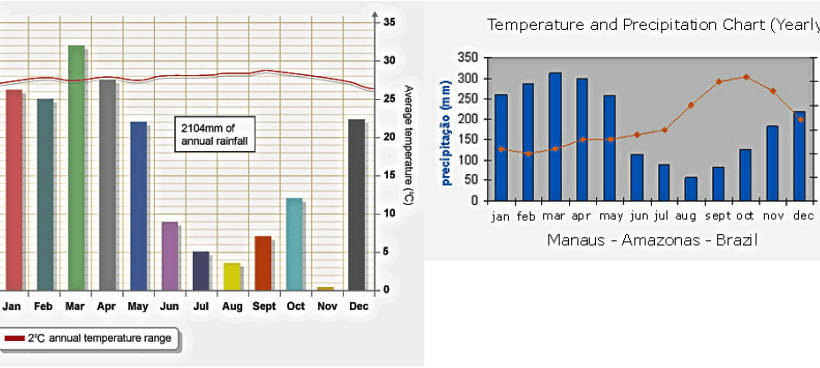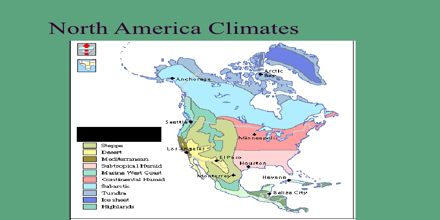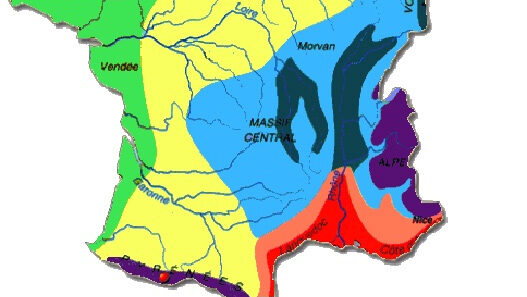The climate of a tropical rainforest is an intricate tapestry woven from patterns of consistent heat and near-constant precipitation. In these verdant realms, nature operates with a rhythm that champions the delicate balance between humidity and temperature. Here, where rain reigns supreme, life flourishes under a blanket of equatorial warmth, making it one of the most vibrant ecosystems on our planet. It is a climate defined not merely by its meteorological averages but by the rich symphony of biodiversity that it supports.
At the core of the tropical rainforest’s climate is its predictability. Average annual temperatures hover between 20°C and 25°C (68°F to 77°F). The climate is marked by minimal variation, with only subtle seasonal shifts. Each day unfolds like a page in a book—sunrise heralding warmth, with temperatures climbing steadily, only to be offset by the refreshing embrace of the afternoon rains. These showers, often heavy and torrential, can leave the air saturated with moisture, crafting an atmosphere that feels both lush and alive.
Indeed, rainfall is the lifeblood of the tropical rainforest. Annual precipitation ranges from 1750 to over 2500 millimeters (70 to 100 inches), a staggering quantity that nourishes an array of flora and fauna. Rainfall is not episodic; it falls with a fervor that maintains the forest’s lushness. The meteorological arms of tropical systems, enriched by warm ocean currents, deliver copious moisture, resulting in a precipitation pattern that appears almost choreographed. It is a performance where the trees and plants become the audience and the raindrops the performers, creating a harmonious existence that swells with vitality.
The climate is also shaped by the geographical phenomena surrounding it. Tropical rainforests are predominantly situated near the equator, where solar radiation is most intense. These forests often thrive on the windward side of mountains, where moist air ascends, cools, and precipitates before descending into the drier regions on the leeward side. This orographic lift creates a stark dichotomy—a verdant paradise juxtaposed against stark, arid landscapes, illustrating the profound impact of geography on climate.
Humidity levels in tropical rainforests are typically high, often spanning from 77% to 88%. This dank embrace cultivates an atmosphere that is both invigorating and essential for life, fostering a breathtaking array of biodiversity. The humid environment supports a rich tapestry of life forms, from the majestic kapok tree, which can tower up to 70 meters tall, to a plethora of epiphytes that cling tenaciously to branches, utilizing their host merely as a perch for sunlight rather than sustenance. It is a testament to survival where the intertwined lives of flora and fauna shape the very ecosystem and stand as stalwart guardians of biodiversity.
The unique characteristics of this climate extend beyond temperature and precipitation; they are also influenced by wind patterns. Trade winds sweep across the oceans, carrying moisture-laden air toward the continents. These winds create paths of convergence, where the air masses collide, resulting in turbulence and frequent rainfall. The cyclic nature of the climate is further amplified by the Intertropical Convergence Zone (ITCZ), where the trade winds meet, drawing clouds into a swirling dance that orchestrates rainfall ceremonies across the tropics.
Mirroring the harmonious interplay of climatic elements is the unparalleled biodiversity found within tropical rainforests. These ecosystems are home to over half of the earth’s terrestrial species, despite covering only a mere 7% of the planet’s surface. Life flourishes in overlapping layers—emergent trees seek the sun, the canopy harbors vast wildlife, and the understory shelters delicate plants that thrive in lower light. Each layer is a distinct microhabitat, a celebration of life that thrives on the abundant warmth and moisture. This intricate structure draws to mind a symphony orchestra, where each instrument contributes uniquely to create a beautiful, cohesive sound.
However, the stability of this captivating climate is increasingly threatened by human activity. Deforestation, driven by agriculture, logging, and urban development, disrupts the delicate balance that tropical rainforests maintain. This change not only impacts the biodiversity inherent to these ecosystems but also has far-reaching consequences for global climate patterns. The trees, which serve as respiratory systems for our planet, play a critical role in carbon sequestration. Their removal releases stored carbon, contributing to climate change, thereby swaying the delicate equilibrium of our entire planet.
The appeal of tropical rainforests lies not only in their lush beauty but also in their vital role in regulating the earth’s climate. As protectors of biodiversity, they provide invaluable resources, from medicinal compounds to raw materials. Moreover, as we search for solutions to climate change, the significance of preserving these irreplaceable ecosystems becomes increasingly salient. Each tree lost is not simply a plant removed; it is a heartbeat silenced in the grand orchestra of life.
In sum, the climate of a tropical rainforest is a tributed narrative told through the interplay of heat and moisture. This climatic tapestry is a vibrant reminder of the balance of nature—one that we must work diligently to protect. In the face of adversity, tropical rainforests beckon us to engage with the profound beauty of a world where rain reigns supreme and life thrives in exuberance. Their continuation is entwined with our own, signaling a call to action that we cannot ignore.








